This may be my favorite version of the classic fairy tale, though truth be told I think I’ve only ever seen the Disney version from 1950. In this version, Mary Pickford, America’s Sweetheart, shines as Cinderella, and the sequences of the story are perfectly paced. However, while watching I was struck with a melancholy sensation wholly unrelated to the film itself, or at least the film as it was originally made.
The films I’ve watched so far have been between 108 and 123 years old, so on one hand, I’m lucky to even be able to watch them at all. Movies were not considered particularly special in the early days of filmmaking. They were disposable commodities to most, and art only to a few. Film studios made little to no effort to preserve their past works, focusing instead on the business of producing new ones to supplant them. I’ve read that something like 90% or more of all films made before 1920 have been permanently lost. Every once in awhile a copy of a film turns up somewhere but for the most part, all those films will never again be seen. The few films that do remain are seldom in good shape, and are often incomplete. In many cases, no original negatives survive, and we’re left with whatever copies have remained intact over the past century and change.
Keep in mind that until the early 1950s, films were printed onto nitrate, which is not only easily damaged, but incredibly flammable. A single spark, moderate friction, or even a hot day can cause nitrate film stock to burst into flame, and once it catches fire, it cannot be put out. That is not an exaggeration, either. Nitrate gives off oxygen as it burns, meaning that you can completely submerge a burning film in water, or place it in a vacuum, and it will continue to burn. There is no known method for extinguishing a nitrate fire; it must simply burn itself out. As such, nitrate film is classified as a dangerous material, which requires licenses for storage and transportation. Film preservationists, meanwhile, treat nitrate like it’s an atom bomb, carefully storing it at -5° Fahrenheit, moving it only if absolutely necessary, and adhering to very strict protocols when doing so. Clearly it’s not that dangerous, as films were moved about, and screened, constantly in the past and hardly any theaters burned down. Nonetheless, that’s the state of things in 2022, which means, as usual, audiences are the losers here.
I will stop my rant about the dearth of opportunities to see nitrate film prints screened, but only after making one last point: films look indescribably better when seen in their original nitrate glory. I know this because everyone tells me so. I’ve not had the chance to experience this. I heard a firsthand report of someone who saw an original nitrate print of Casablanca screened in some years ago, projected by a true carbon arc projector, and he said the audience audibly gasped at how clear the picture looked. He could not find words to describe how real it looked, or the depth the blacks and grays had on the screen. I once heard a critic say that after watching nitrate prints, he now refers to especially beautiful sunsets as being almost nitrate-like in their perfection.
Okay then. Cinderella. It’s a fun film, and Mary Pickford makes for a lovely Cinderella. The story is about the same as the version we all know, with one notable difference being that in this telling, Cinderella and Prince Charming have a chance meeting in the woods before they meet at the ball, and he starts crushing on her right away. There’s something nice about having him fall for her as both cinder girl and princess that makes their romance all that more wonderful. It’s also interesting to note that Prince Charming here is played by Owen Moore, who was at the time Pickford’s real-life husband.
There’s a fun scene when the fairy godmother shows up, in which she has Cinderella round up the mice and rats that that she will magically transform. Pickford milks the scene for all it’s worth, and it’s a treat to watch.
The film, directed by James Kirkwood, was originally released on December 28, 1914. I own a DVD that includes Cinderella as a second feature, and one I’ll return to when the time comes to watch the main feature, Through the Back Door. You can find a copy of your own if you click the picture of the DVD below.
Next I’m watching: A Fool There Was [1915], directed by Frank Powell.





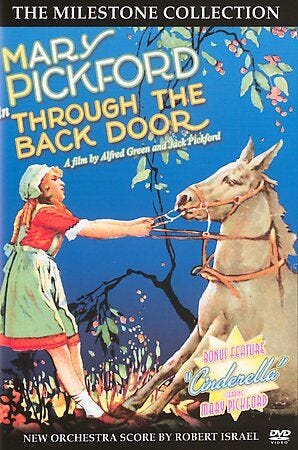

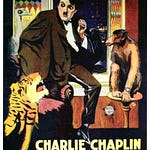
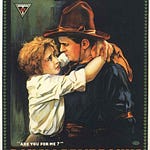
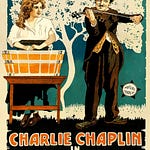

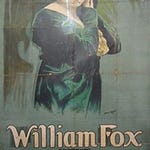
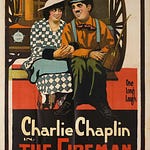

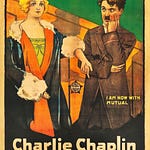
Share this post